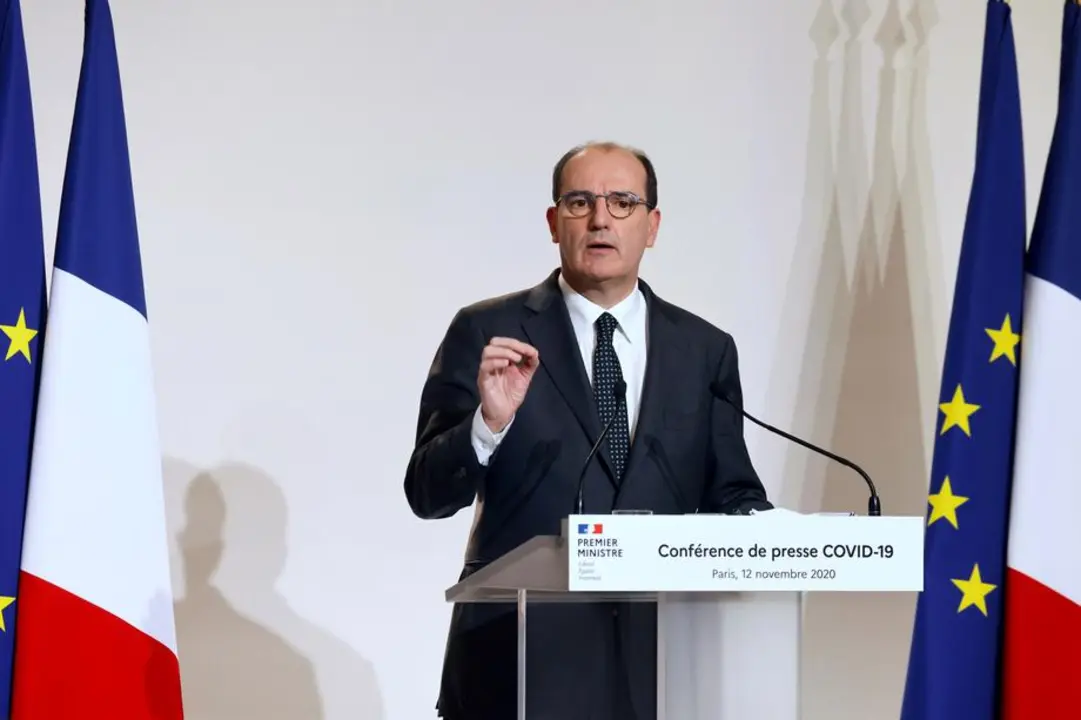French Politics Explained: What You Need to Know
If you’ve ever wondered why the news keeps mentioning Emmanuel Macron, Marine Le Pen, or the National Assembly, you’re not alone. French politics can feel complicated, but breaking it down into a few easy pieces makes it less intimidating.
First off, France is a semi‑presidential republic. That means the president and the prime minister share power. The president is elected every five years and handles foreign policy, defense, and overall direction. The prime minister, chosen by the president, runs everyday government tasks and works with the parliament.
Who’s Who: Main Political Parties
France has several parties that shape the debate. The biggest players are:
- La République En Marche! (LREM) – founded by Emmanuel Macron, it’s centrist and pro‑EU.
- Les Républicains (LR) – a traditional right‑wing party focused on law, order, and business.
- Socialist Party (PS) – left‑leaning, promotes social justice and public services.
- National Rally (RN) – far‑right, known for strict immigration policies and euroscepticism.
- France Unbowed (LFI) – far‑left, pushes for economic reform and stronger workers’ rights.
These groups often form coalitions in parliament because no single party usually wins a majority. That coalition‑building is why you’ll hear about “majority” and “minority” governments.
Current Hot Topics
What’s on people’s minds right now? A few issues dominate the conversation:
- Pension reform – the government wants to raise the retirement age, sparking large protests.
- Immigration – debates about border control and integration are intense, especially after recent crises.
- Climate policy – France aims to cut emissions, but businesses worry about costs.
- European Union – France plays a key role in EU decisions, and opinions differ on how much power Brussels should have.
These topics often dictate election campaigns and influence how parties position themselves.
When elections roll around, French voters head to the polls for two main votes: one for the president and another for the National Assembly. The presidential race is a two‑round system – if no one gets over 50 % the first time, the top two face off in a runoff. That format encourages alliances between rounds, reshaping the political landscape.
Understanding French politics is useful whether you’re following the news, planning a trip, or just curious about how another democracy works. Keep an eye on the parties, watch the big issues, and remember the president‑prime minister split – it’s the core of the system.
That’s the quick rundown. Feel free to explore each party’s platform or dig deeper into any of the hot topics. French politics may evolve fast, but the basics stay the same.

